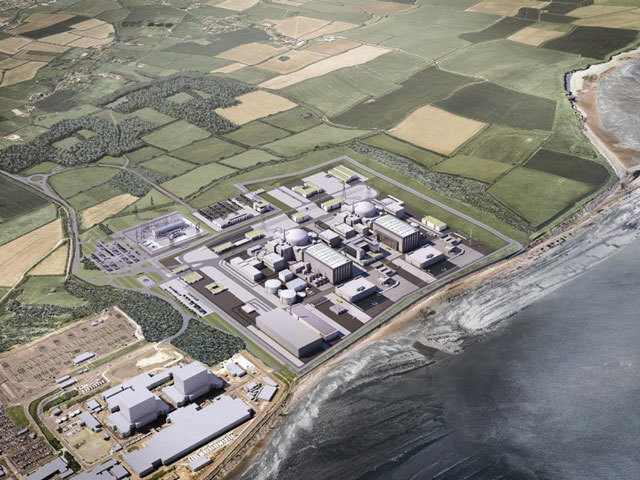
The UK can meet its energy and climate change targets without building the controversial new Hinkley Point C nuclear power station, a new report has found.
The Energy and Climate Intelligence Unit (ECIU) said building more wind farms and gas-fired power stations combined with measures to manage demand could save £1 billion a year “while keeping the lights on and meeting climate targets”.
The findings come after Prime Minister Theresa May delayed approving the power station in Somerset amid concerns about China’s involvement.
The unexpected move came just hours after French energy giant EDF had approved the project, and plunged its future into doubt.
The Government is expected to make a final decision on Hinkley Point – which would be Britain’s first nuclear power plant in a generation – in September.
ECIU director Richard Black said the report – Hinkley What If? – shows the nuclear plant “is not essential”.
He said: “Despite years of debate on Hinkley, we’re still not sure whether or not it’s going to get built – the Prime Minister is due to make a decision next month, but even if she says ’yes’ there are many other issues that could derail the project, including legal cases and EDF’s financial woes.
“So we wanted to know how essential Hinkley is for the ’energy trilemma’ – keeping the lights on whilst cutting greenhouse gas emissions and keeping costs down.
“Our conclusion is that it’s not essential; using tried and tested technologies, with nothing unproven or futuristic, Britain can meet all its targets and do so at lower cost.”
The report found that building an extra four big wind farms on top of those scheduled to be constructed could bring as much electricity into the grid as Hinkley.
Using electricity more efficiently and productively could negate the need for at least two-fifths of Hinkley’s electricity, the report also found.
And the 3.2GW of peak power due to be delivered by Hinkley could be supplied through managing demand, additional cables connecting the national grid with other countries and more gas-powered units.
The report found that these alternatives would be cheaper.
It said replacing all Hinkley electricity with additional offshore wind farms would cut the average household bill by £10-20 per year and replacing its peak-time output with gas-fired units would save £16 billion in infrastructure costs.
Paul Massara, chief executive of North Star Solar and former chief executive of RWE npower, said Hinkley is the wrong solution to the UK’s future energy needs.
He said: “Whatever your view of nuclear power, what’s so striking is just how expensive, unwieldy and complex Hinkley C is.
“That the UK is even considering investing so much money in an unproven design based on outmoded technology is staggering enough.
“But when energy markets are so clearly heading in an entirely different direction, it looks like madness to push ahead with Hinkley.
“Listen to any informed energy market insider, and they will tell you that future grids will be smart, decentralised, flexible, and dominated by a mix of renewable energy, demand-side and
energy efficiency measures, and storage.
“If that’s the case, then the question is very simple: what’s Hinkley for?”
Recommended for you
